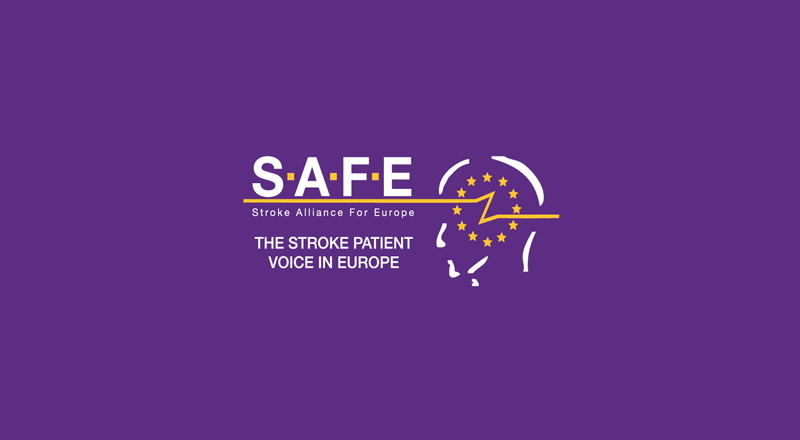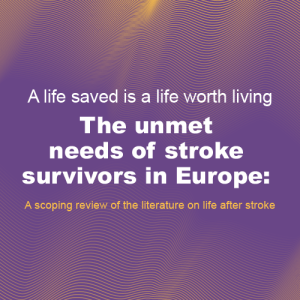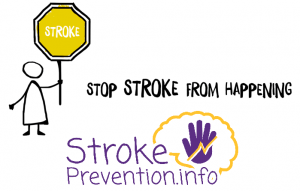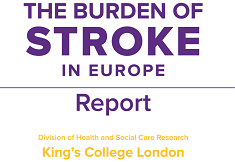The source: Adapted press release from the European Commission
“Health at a Glance: Europe 2016” European Commission/OECD joint report shows that policies that aim at promoting good health and preventing diseases as well as more effective healthcare could save lives and billions of euros in the European Union.

Image: pixabay.com
Life expectancy now exceeds 80 years in most EU countries reveals “Health at a Glance: Europe 2016”, a European Commission/OECD joint report. However, this record-high life expectancy is not always matched by healthy life years. Around 50 million people in the EU suffer from several chronic diseases, and more than half a million people of working age die from them every year, representing an annual cost of some 115 billion EUR for EU economies. For more key figures see infograph.Vytenis Andriukaitis, European Commissioner for Health and Food Safety, said: “The Health at a Glance report provides useful information for Member States to shape their actions on health across all policies. It shows that in the EU many people die every year from potentially avoidable diseases linked to risk factors such as smoking or obesity. It also highlights the need to continue our efforts in making sure that healthcare becomes more accessible. The report represents the flagship of the partnership between the Commission and the OECD to develop country-specific and cross-country knowledge on health and health systems, as the first step of the ‘State of Health in the EU’.”
Angel Gurría, Secretary General of the Organisation for Economic Co-operation and Development (OECD), added: “Many more lives could be saved if the standards of care were raised to the best level across EU countries. More needs to be done to reduce inequalities in access and quality of care, and European health systems must become more efficient in channelling resources where they have the most impact on health outcomes, including on prevention.”
Health at a Glance Europe: take home messages
We need more effective health systems: 550,000 people of working age die every year from potentially avoidable diseases. 16% of adults are obese now (up from 11% in 2000) and one in five is still smoking. Many lives could be saved firstly, by focusing more resources on health promotion and disease prevention strategies to address these and other risk factors, and secondly, by improving the quality of acute and chronic care.
We need more accessible health systems: 27% of patients go to the emergency department due to the lack of availability of primary care; an average of 15% of health spending is paid directly out-of-pocket by patients with large disparities between countries; and poor Europeans are on average 10 times more likely to have problems in getting proper healthcare for financial reasons than more affluent ones. Member States’ policies should focus on reducing financial barriers to healthcare, strengthening access to primary care, and reducing excessive waiting times.
We need more resilient health systems: Across the EU the share of the population over 65 has increased from less than 10% in 1960 to nearly 20% in 2015 and is projected to increase to nearly 30% by 2060. Population ageing, combined with increasing rates of chronic diseases and budgetary constraints, will require changes in how we deliver healthcare, including developing eHealth, reducing hospital stays by organising services better in primary and community care, and spending more wisely on pharmaceuticals, including by making full use of opportunities for generic substitutions.
State of Health in the EU cycle
The “State of Health in the EU” cycle aims to help Member States respond to the above challenges by supporting them in their efforts towards better knowledge and stronger evidence-based policy making. It comprises a series of analytical products, established in partnership with the OECD and with the European Observatory on Health Systems and Policies.
The report published today is the first product in the cycle. The next step is to produce country health profiles of all 28 EU countries highlighting the particular characteristics and challenges of each of them, by November 2017.
The 28 profiles will be accompanied by an analytical paper by the Commission, linking the findings to the broader EU agenda, and emphasising the circumstances of each Member State. The cycle will conclude with optional exchanges that Member States can propose.
The State of Health in the EU cycle is summarised here.
For More Information
https://ec.europa.eu/health/state/summary/index_en.htm
https://ec.europa.eu/health/state/glance/index_en.htm
https://europa.eu/rapid/press-release_SPEECH-16-3894_en.htm
https://www.oecd.org/health/health-systems/health-at-a-glance-europe-23056088.htm







